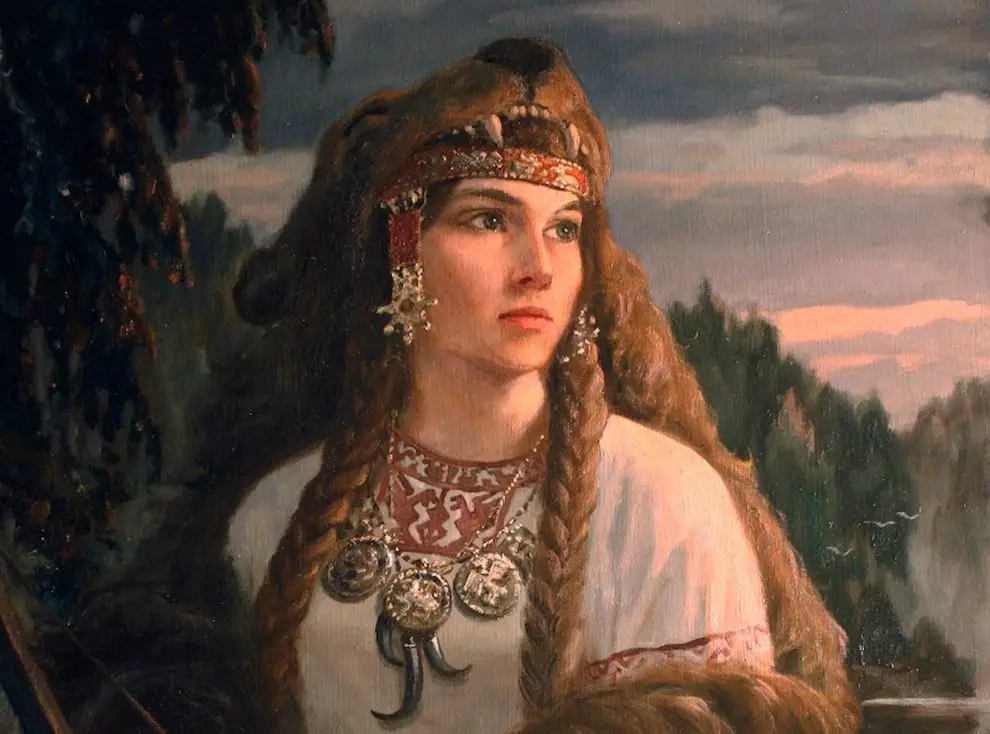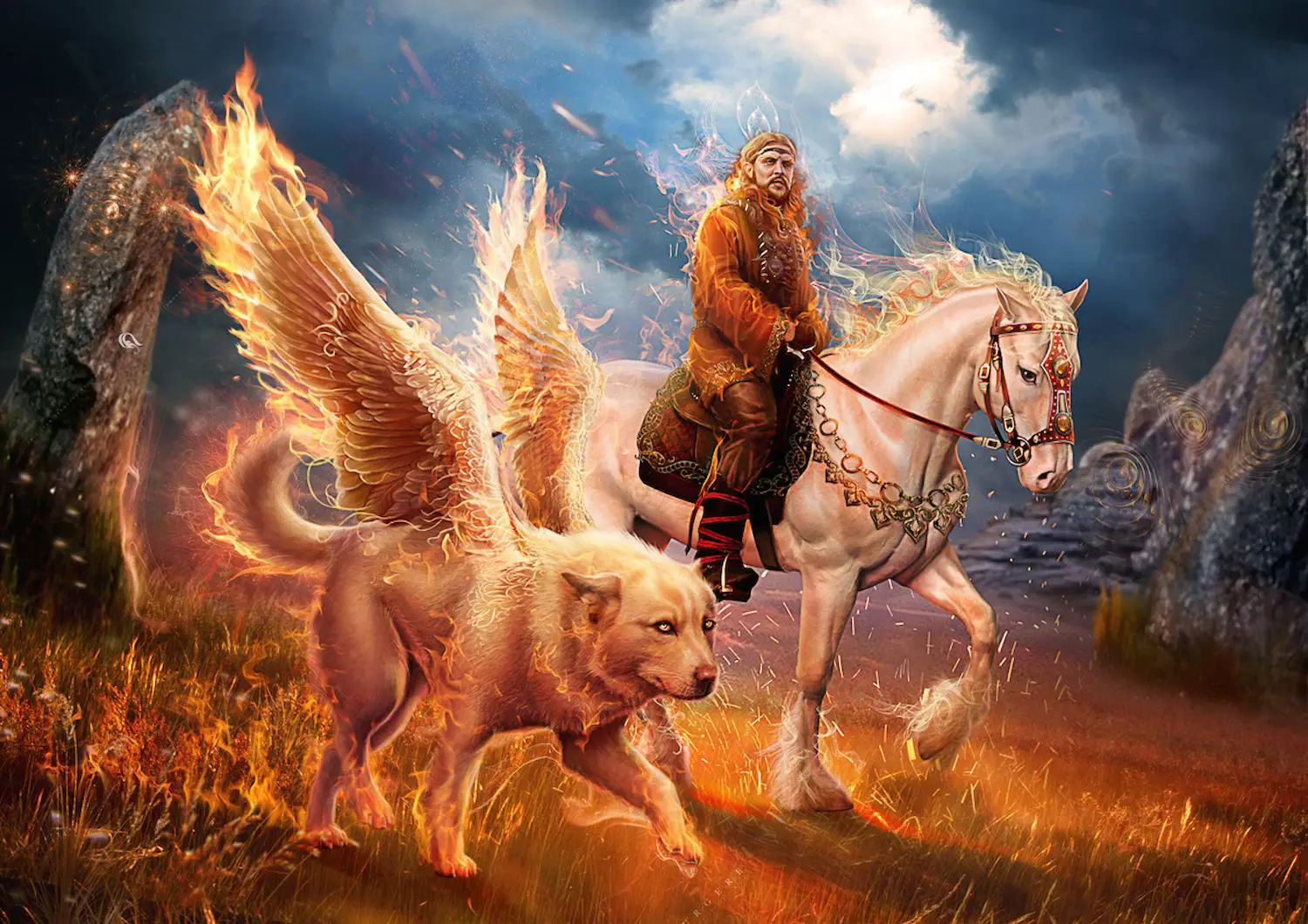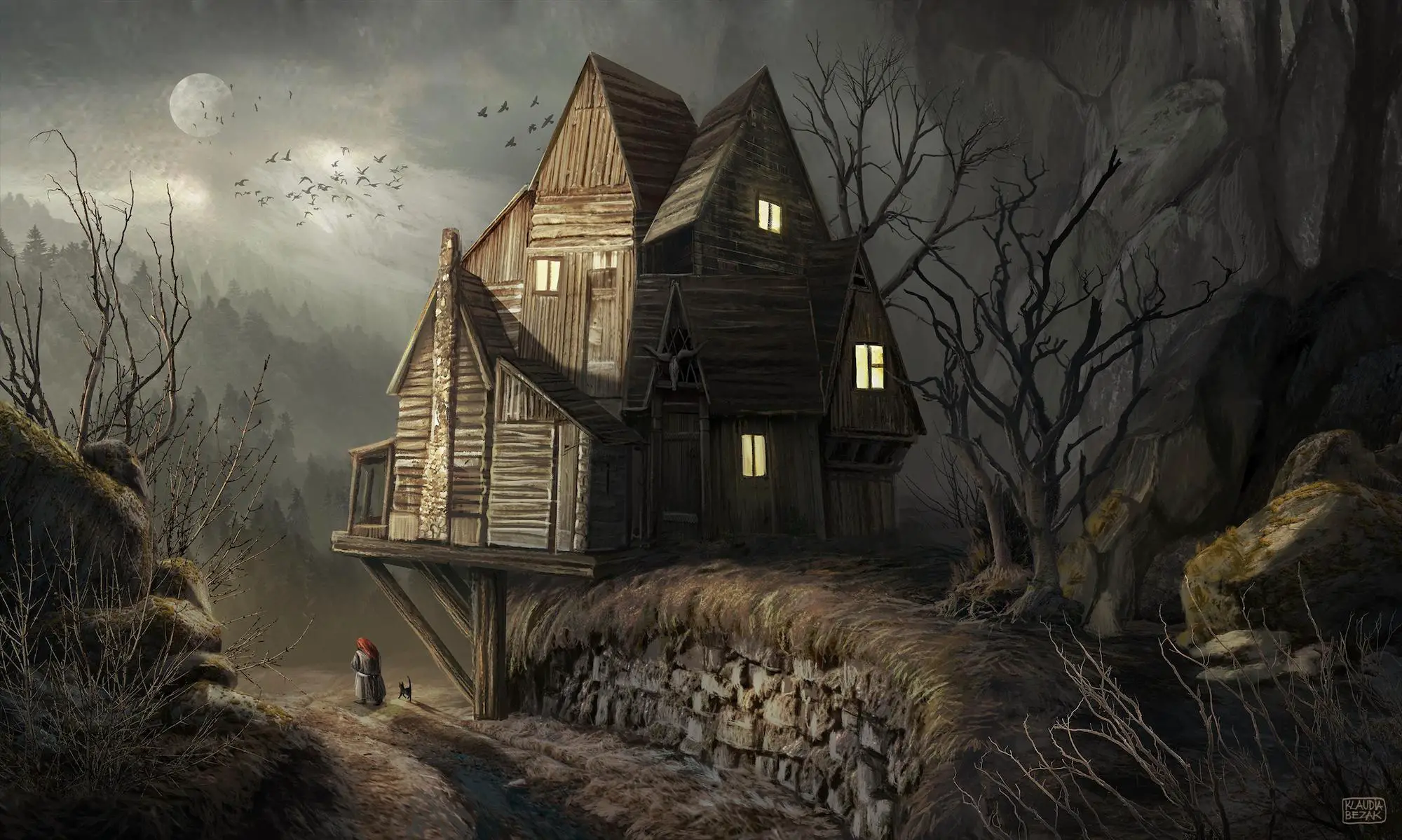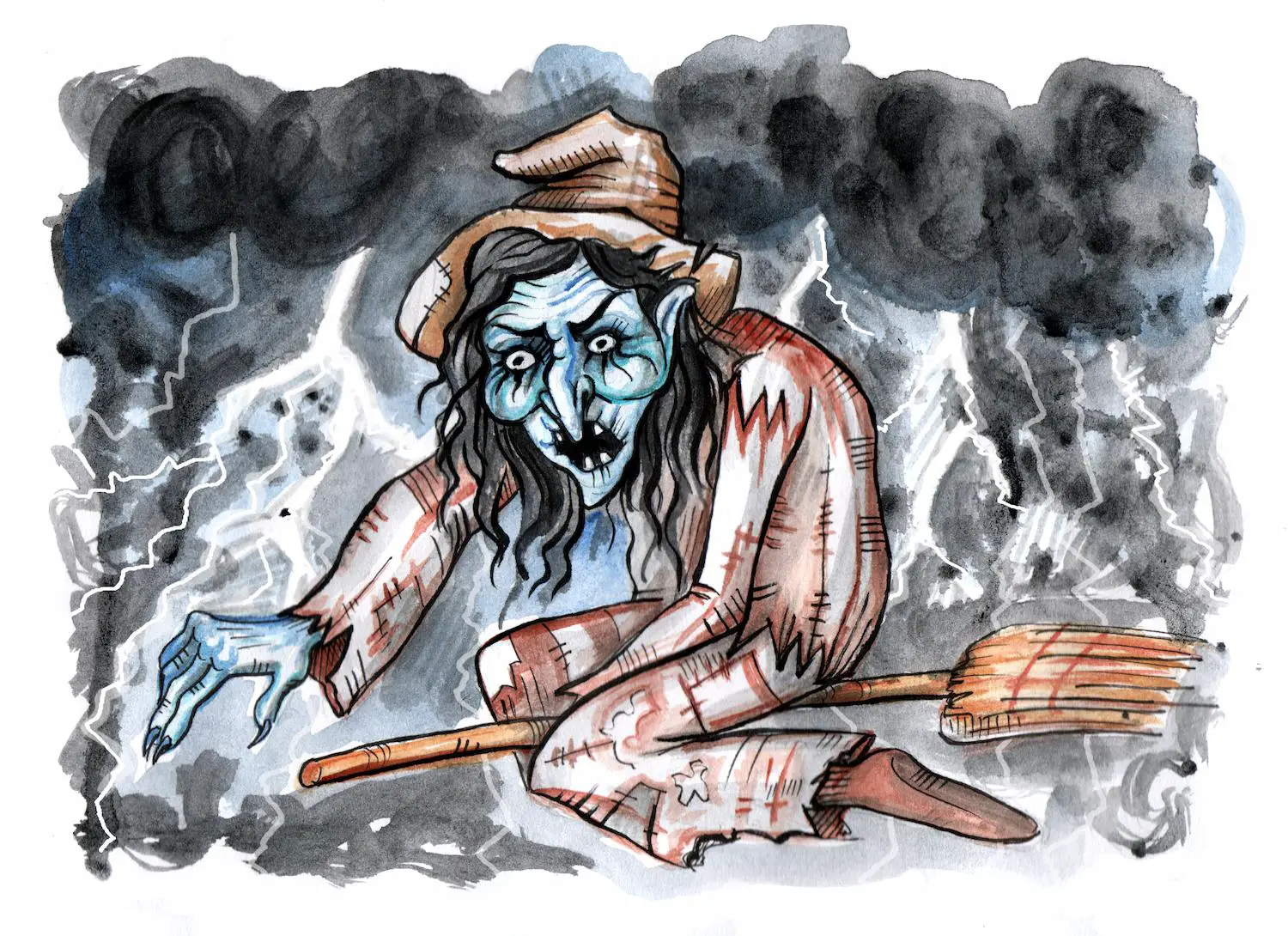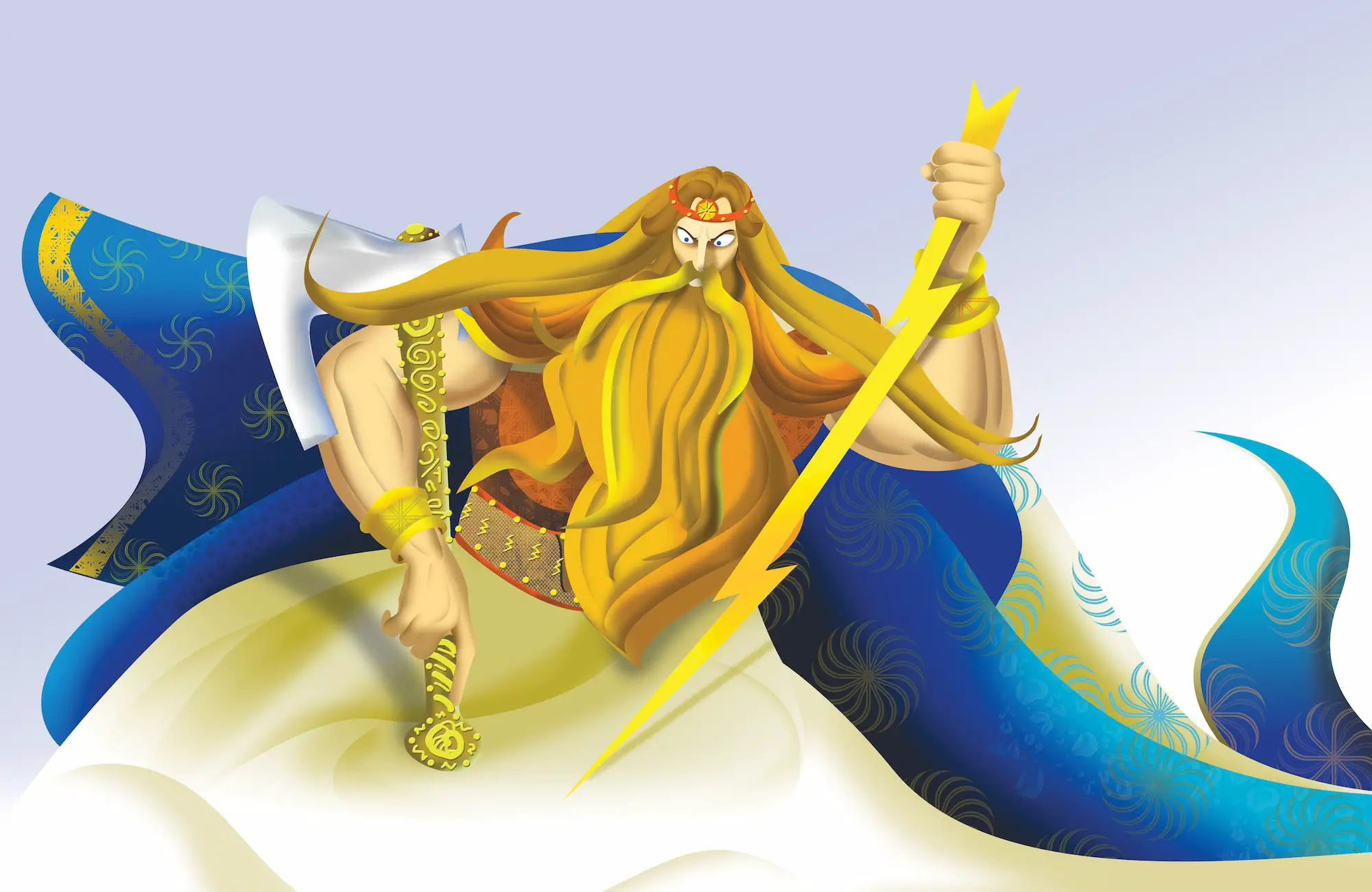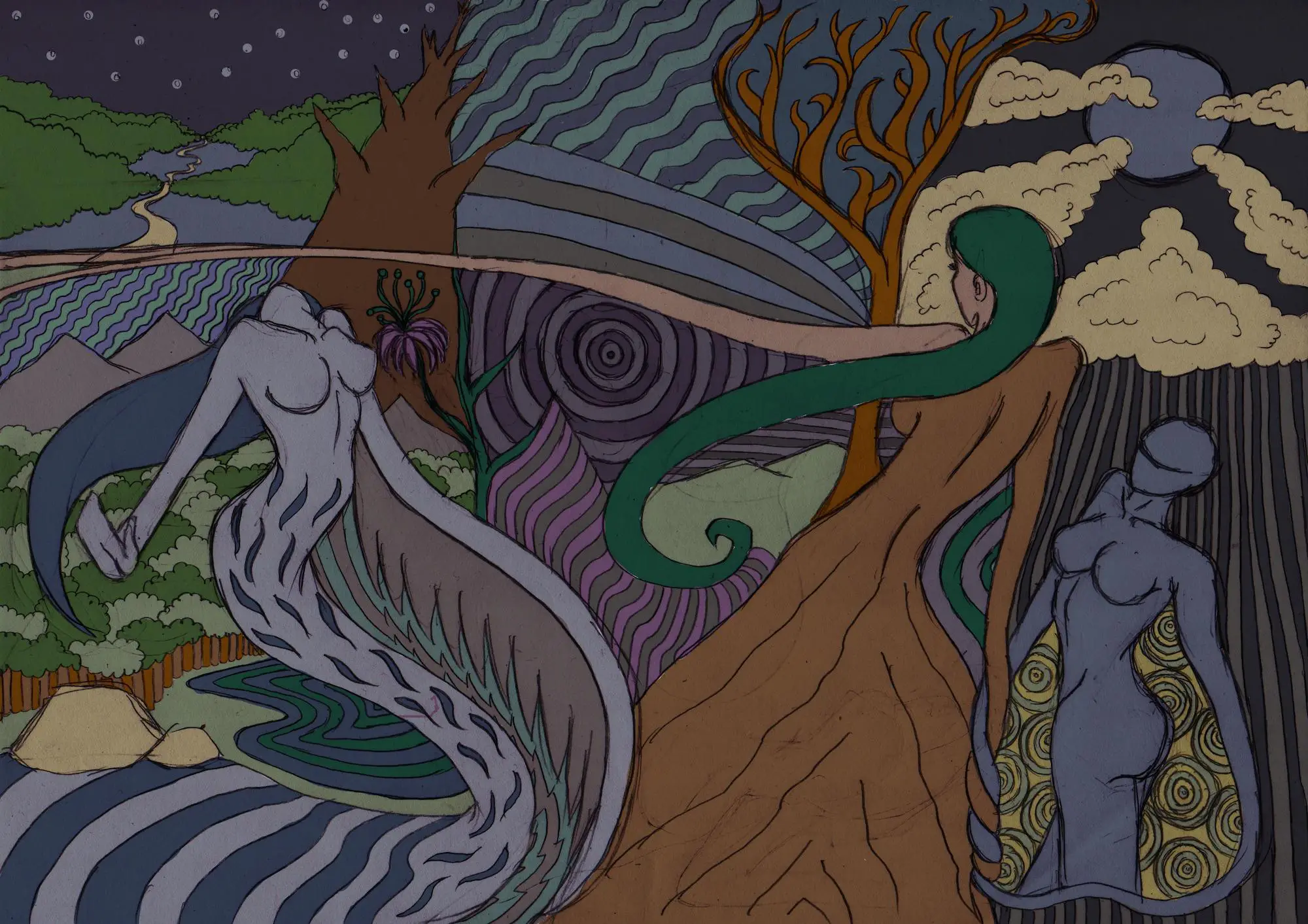The first historical record that mentions Devana is the Czech “Mater Verborum” which is a Latin dictionary from the 13th century. Devana is mentioned in the text “Diana, Latonae et louis branch” or “Diana, the daughter of Jupiter and Latona”.
“Mater Verborum” was discovered in the 18th century by Czech historian and philologist Vaclav Hanka.
Table of Contents
Goddess Devana in the Slavic Mythology
Devana is the Slavic goddess of forests and wild animals. She is also a god of hunting and the Moon.
The goddess is known as “the Mother of the Forest” or simply “forest Mother”.
In ancient times, this goddess was associated with fertility and sexuality but also with war and anger due to her heavenly partner, the god Veles with whom she had a son Yarilo (Yarilo was also a god).
According to some mythological interpretations, Devana is similar to the Slavic goddess Mokosh. She is represented as wild and unrestrained.
If you want to know more about wild and unrestrained check out this article about Slavic magic and rituals.
The Mythological Portrayal of Devana
This goddess is represented as a strong young woman who carries a sword and is ready to fight.
The folklore stories mention Devana as a virgin whose virginity is renewed every spring.
The ritual to restore her virginity was done by a river (or a lake). She would bathe in the water and thus restoring her female healing and sexual powers.
The Slavic legends also tell the story of Devana under the name “Vasilisa the Wise”. Vasilisa is the one who helps her husband Veles overcome numerous challenges.
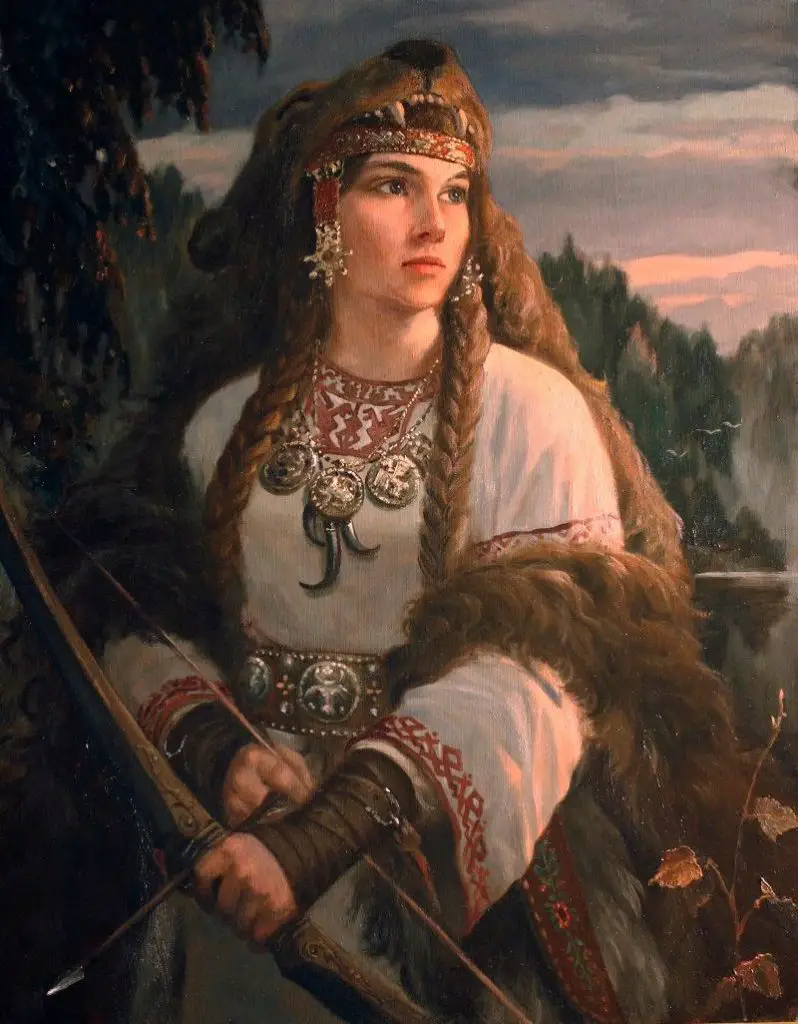
Etymology of the Name Devana
The Proto-Slavic name of Devana is “divizna” (or in Polish “dziwizna”, while in Czech and Slovak “divizna”).
The name has a Proto-Baltic-Slavic origin and in the Lithuanian language is mentioned as “devynspeke” or “devynjege” which is interpreted as “wilderness”.
The Russian linguist and etymologist Aleksandar Anikin noted that the etymology of the word “dziewa” in fact means “young girl” or “maiden”, stretching out to “virgin” (deriving from “dziewa”).
This interpretation is supported by the etymology of the Greek equivalent “Artemis” which in the myth is represented as a virgin and protector of the forests and wilderness [1].
Another word from which the name of the Devana goddess may come from is “dziwy” which means “wild”.
The sources that mention the Slavic pantheon note this deity as “Dziewanna goddess” (Devana goddess). Devana is sometimes compared to the Mokosh (a goddess who is a protector of women).
Devana in Jan Dlugosz’s “Annales”
Reportedly, the richest text source of Devana is the work “Annales” written by Jan Dlugosz. Jan was a Polish diplomat and a writer who created a rich medieval chronicle about the history of Eastern Europe.
He mentions Devana as a goddess that was highly respected in the area where the Lechitic tribes lived:
“the Lechtic people lived in an area containing vast forests and groves that the ancient people believed to be inhabited by Diana and that Diana claimed power over them, Cerera, on the other hand, was considered the mother and goddess of the harvests the country needed, these two goddesses: Diana in their language called Dziewanna and Cerera called Marzanna enjoyed a special cult and devotion”.
Jan also wrote that (when the ruler of Poland Mieszko I ordered the destruction of the pagan idols), the idols were drowned and the images of Devana, or Morena, were carried on a long stick (made of hazel tree) and thrown into a swamp.
This practice happened on a Sunday and was called “Laetare Sunday” or the day when the Lenten rigors end.
Devana in Folklore
Although the aforementioned sources contain information about Devana, folklorists and historians claim that she does not appear as an important figure in Slavic folklore (but some legends do have mentions of her) [2].
The legend of Lysa Gora in Polish culture mentions the so-called “Proud lady” who lived in a castle built by giants. This lady declared herself as Diana or Devana. Because she was too proud, God punished her by destroying her castle with lightning.
Devana is also mentioned by the Scottish folklorist James G. Frazed in his work “The olden Bough” where he mentions her as a figure of Death (called Marzanna or Devana).
There was also a mention of a custom where young people would go to the forest and would cut a small fir, strip away the bark and then decorate it with paper roses or herbs.
The decorated tree was called “May” or “Summer” and the people would take it from house to house, singing songs and announcing the arrival of a new season:
We’ve already brought Death out of the village –
We are bringing a new Summer
We bow to the May days
And colorful flowers
Here comes our god, let’s praise god,
God is by the water, god is in our forest,
God is our power, god is great
Goddess Devana and Herb Rituals
Herbs were a significant part of the celebrations of many deities in Slavic tradition. These celebrations would often include myrrh, basil flower, wooden bark, rose petals, and thyme.
The Polish tradition also recognizes the herb “dziewanna” which is the Polish name for “verbascum”, a herb mainly used for skin care and as a treatment for respiratory problems.
Historical research of Polish pagan rituals also mentions this herb as “Artemisia” whose Latin name originates from Artemis-Diana, a reference to the goddess Diana.
Pagan women would sacrifice this herb to Devana and when the day of this goddess was celebrated, they would hang it in their house and at night would burn fires, dance, and sing outside their homes, honoring the glory of the divine forces [3].
The Double Interpretation of the Myth About Devana
The goddesses Devana and Morana often appear as a pair, in some versions of legends and folklore stories. Therefore, some researchers suggest that, in fact, these two characters may be one goddess with two faces. One is the face of life and the other, of death.
A similar motif can also be found in other Indo-European religions, such as the Scandinavian goddess Hel whose face is divided into two halves that represent two different characters – one foul and one pleasant.
Another example comes from Greek mythology, the couple Persephone-Kora whose one half lived in the underground for half of the year while the other half lived on earth.
According to the historian Kolankiewicz, the double goddess assumes connection of the Proto-Slavic Devana with the Iranian “deva” which means demon. A demon and a goddess united in one [4].
Devana in Christianity
The goddess Devana was probably replaced by the Polish “Matka Boza Gromniczna” or “Our Lady of Thunder Candle” during the Christianization of the Slavic tribes.
This religious replacement of the goddess tells the story of a woman that walks during the cold nights in the winter and protects the crops from freezing.
She is portrayed along with a wolf and a basket of larks that would herald the coming of spring. In her hands, she holds a candle (used for protection from evil and as a symbol of light and prosperity).
Mythological Remnants
In the early spring, there is a holiday that is celebrated and related to what Devana represented as a deity called “The Willow Day”.
On the territory of today’s Serbia, Mount Devica or “the Virgin Mountain” was named in her honor.
Sources
- https://www.britannica.com/topic/Artemis-Greek-goddess
- https://www.starisloveni.com/English/Devana.html
- https://www.orderwhitemoon.org/goddess/devana/devana.htm
- http://www.gongoff.com/mythology/devana-slavic-mythology







